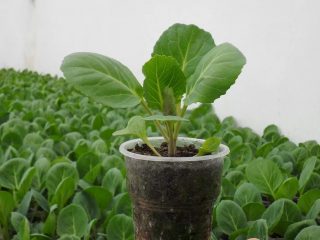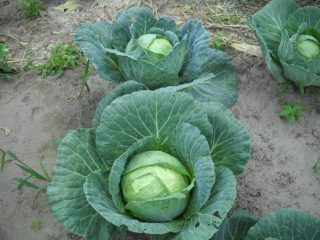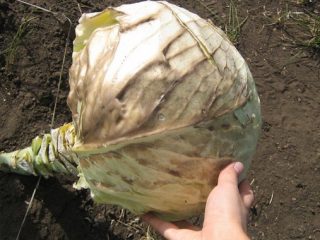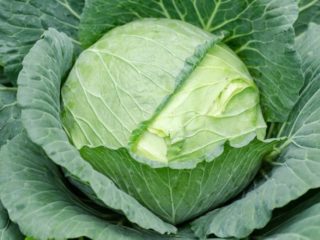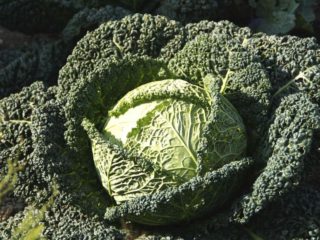Content
The choice of domestic broccoli varieties and hybrids is not yet very large, so you have to “get acquainted” with the achievements of foreign breeders. One of the most successful is the Lord F1 broccoli hybrid, which is distinguished by its external presentation and exquisitely delicate taste, as well as good immunity, relative simplicity of agricultural technology, and the ability to adapt to different nuances of the local climate and weather.
Description and characteristics of broccoli Lord F1
The broccoli hybrid Lord F1 was created in the Netherlands, the originator is the world-famous agricultural company Monsanto Holland B.V. In 2007, an application was registered for its “admission” for sale in the Russian Federation. The necessary variety tests were carried out quickly and successfully; within a year it was listed in the State Register of Breeding Achievements.
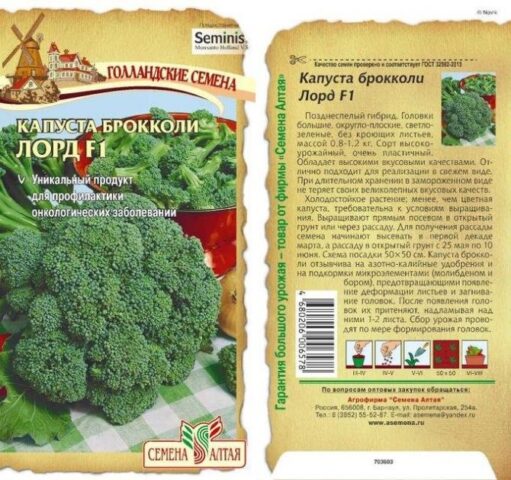
In Russia, Lord F1 broccoli seeds are produced under license by many agricultural companies
It is recognized as the most suitable for cultivation by amateur gardeners in their own garden plots.No recommendations are given regarding the cultivation region - Lord F1 broccoli “takes root” in any area where gardening is, in principle, possible.
In terms of ripening time, this hybrid belongs to the late-ripening category. If you are not too lucky with the weather in summer, it can even be called very late. It takes 125-140 days for the heads to form.
The plant is tall (more than 0.5 m), relatively compact due to the “elevation” of the rosette. The leaf blades are medium in size, classic “cabbage” greenish-gray in color, with a strongly pronounced “bubbly” surface and a wavy “border” running along the edge.
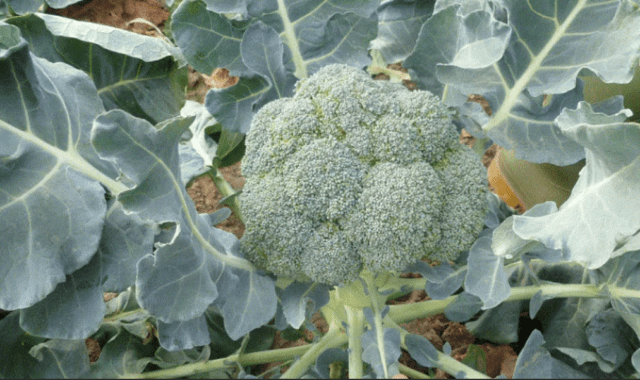
The stem is powerful, erect, and can easily support the total weight of the crop.
Broccoli Lord F1 heads are medium-sized or large (0.8-1.2 kg). The originator has different data - 0.7-1.5 kg. The shape varies from round to noticeably flattened and dome-shaped.
The inflorescences are very dense, “fine-grained” (which implies good shelf life and transportability), but at the same time juicy. The color of the head almost merges with the leaves. The taste is officially recognized as “excellent”.
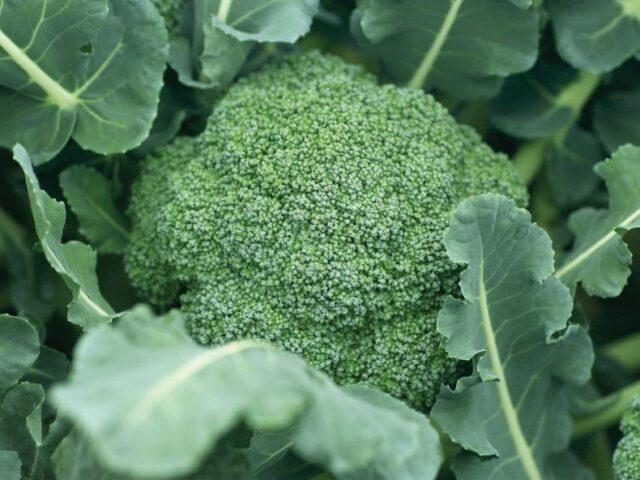
The head is clearly visible even at an early stage of development due to the absence of outer leaves
Broccoli Lord F1 has breeder-provided immunity to downy mildew and stem hollowness. Gardeners also note that the hybrid generally has good resistance and, with minimal care, is extremely rarely affected by diseases typical of the crop.
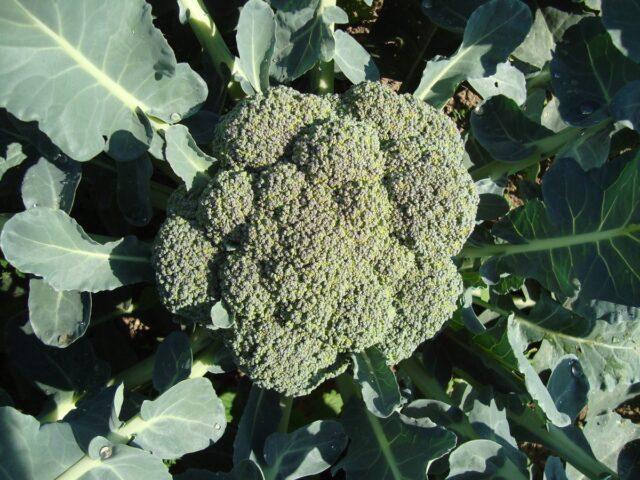
Broccoli seedlings Lord F1 survive short frosts down to -2 ºС with virtually no damage
Productivity
According to the Russian State Register, the yield of Lord F1 broccoli is slightly more than 2 kg/m². The description of the hybrid from the originator indicates much higher figures - 5-5.5 kg/m². In principle, both may be right - a lot depends on the climate, weather and the quality of agricultural technology. But amateur gardeners are better off focusing on the first indicator.
Advantages and disadvantages
The taste and benefits of Lord F1 broccoli are preserved even after freezing. The inflorescences are separated from the head almost effortlessly.
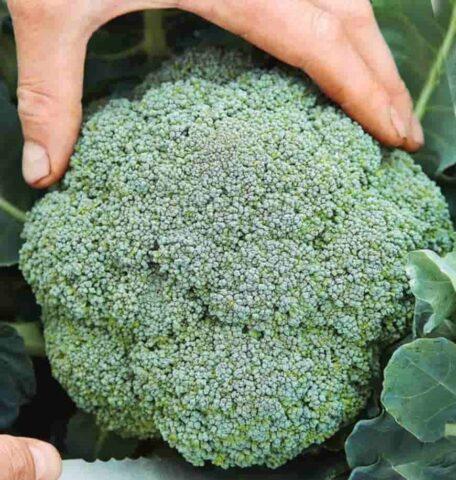
Broccoli Lord F1 can be planted both in open ground and in a greenhouse, the dimensions of the plant allow this
Pros:
- the ability to adapt to very different and not always favorable climatic conditions, to withstand negative external influences;
- tolerance of negative temperatures both at an early stage of development and during the ripening of the heads;
- yields that are little dependent on the vagaries of the weather during the season;
- good keeping quality and transportability;
- immunity against certain diseases, generally high resistance to pathogens;
- large size and external presentation of the heads;
- outstanding taste;
- versatility of crop purpose.
Minuses:
- increased interest from many typical crop pests;
- the need for regular feeding during the season (otherwise the development of rosettes and heads will slow down);
- requirement for good lighting.
Landing Features
Broccoli Lord F1 is grown both by seedlings and by simply sowing seeds in the garden. In both cases, it demonstrates good germination and is cold-resistant.However, when choosing a method, you need to take into account the long ripening period of the heads and the likelihood of early autumn frosts in the region.
Growing broccoli Lord seedlings from seeds
Growing broccoli Lord F1 seedlings follows an algorithm typical for any other type of cabbage. The stage of pre-planting seed treatment with a biostimulant can be skipped.
Seedlings aged 6-8 weeks with 5-6 true leaves are transferred to the garden bed. The optimal planting pattern for broccoli Lord F1 is 30 cm between neighboring plants and row spacing 40-45 cm wide.
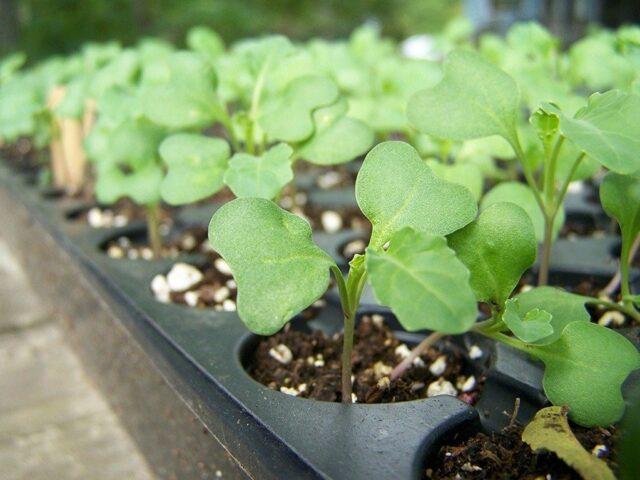
It is recommended to plant Lord F1 broccoli immediately in separate containers so that you do not have to pick up the seedlings
Sowing in open ground
Lord F1 broccoli seeds can be sown in open ground no earlier than the 20th of April. Follow the same scheme as recommended for seedlings. Place 2-3 pieces in each “hole”. 15 days after mass germination, the seedlings are thinned out, cutting off the least developed specimens and replanting the more powerful ones in the vacant places.
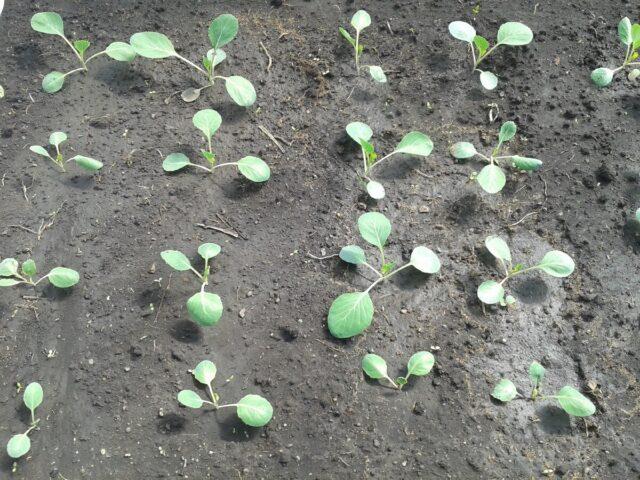
Seeds are buried into the soil a maximum of 2-2.5 cm, otherwise you may not wait for germination at all
Features of care
Among the undoubted advantages of Lord F1 broccoli are its endurance and ease of cultivation. Basic care will be enough for her:
- Watering. If there is no precipitation, the beds are watered every 4-5 days, in hot weather - twice as often. The rosettes react very positively to daily spraying with warm water in the evenings.
- Feeding.The standard scheme includes four feedings: when the seedlings begin to grow after transplantation or in the phase of the 5-6th leaf at seedlings (nitrogen), then after 12-15 days, at the beginning of the formation of the head, after its cutting.
- Loosening and hilling. Ideally, loosening the bed with Lord F1 broccoli is combined with each watering. The required minimum is 2-3 times a month. Hilling is carried out twice: approximately 20 days after transplanting to the garden bed and another 12-15 days later.
- Prevention of pest attacks. A fairly effective and environmentally friendly prevention is folk remedies. But if pests typical of cabbage appear in other beds, it is better to treat Broccoli Lord with suitable insecticides in advance.
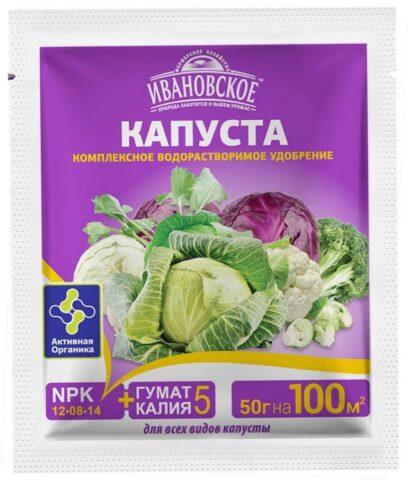
Every time before applying fertilizers, the soil is well watered.
Harvest and storage
Broccoli Lord F1 takes 80-85 days to ripen. If the head is not cut off, it retains its “marketable appearance” for the next two weeks, then it “goes into color” and becomes unfit for food.
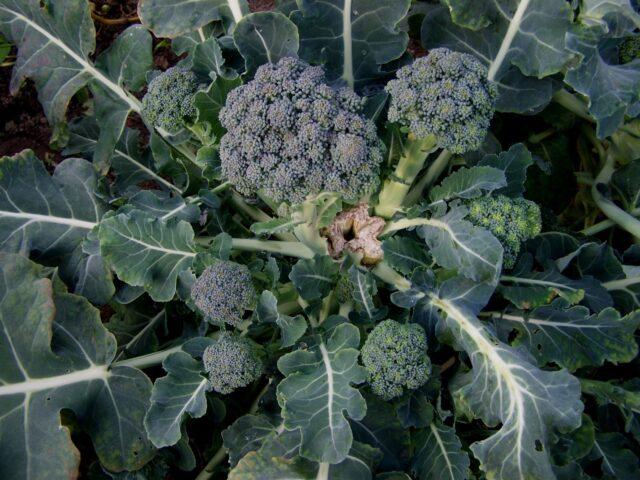
The formation of smaller heads on the side branches of the stem proceeds quickly - the whole process lasts for 8-12 days
Broccoli Lord F1 is cut together with a part of the stem 8-10 cm long. When fresh at room temperature, it will not spoil for 15-20 days; the “shelf life” can be extended by ensuring optimal conditions:
- constant temperature about 3 ºС;
- high (85-90%) air humidity;
- good ventilation;
- lack of light and cold drafts.
The cut on the stem is wrapped in a damp cloth, the head is packaged in a plastic bag or cling film, with several holes made for ventilation. Then the cabbage is laid out in any container that allows for air exchange.
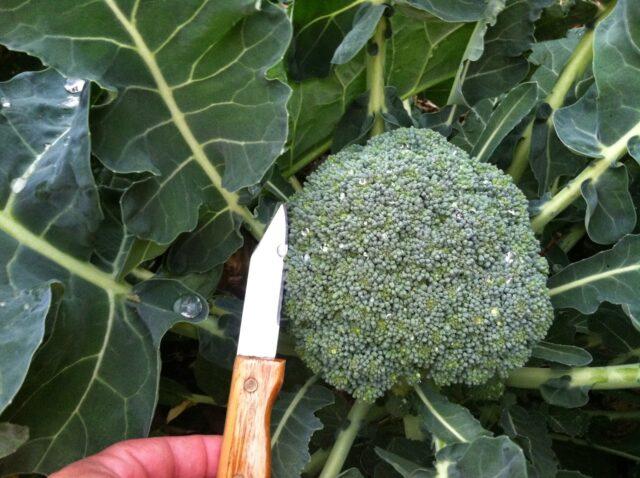
Do not wash Lord F1 broccoli before storing it
Conclusion
Broccoli Lord F1 has successfully taken root in all Russian regions where gardening is, in principle, possible. It tolerates cold, heat, and drought without much damage, does not suffer from direct sunlight, rarely gets sick, and does not receive increased attention from pests. The plants do not require any complex care, however, certain nuances of agricultural technology still exist. You need to familiarize yourself with them, as well as with the disadvantages of a hybrid, in advance.
Reviews from gardeners about broccoli Lord F1
